From the authors: “Do you know what şemsiye means? Do you use the word kırbaç for a whip? For around three years, we have been asking each other about identical words used in both our languages: Turkish and (vernacular) Palestinian Arabic. It is a process that can last for good – as long as our friendship lives. We spend time together uttering words that are held in common and draw them, discovering whether they carry the same meaning, are slightly different, or are false friends.”
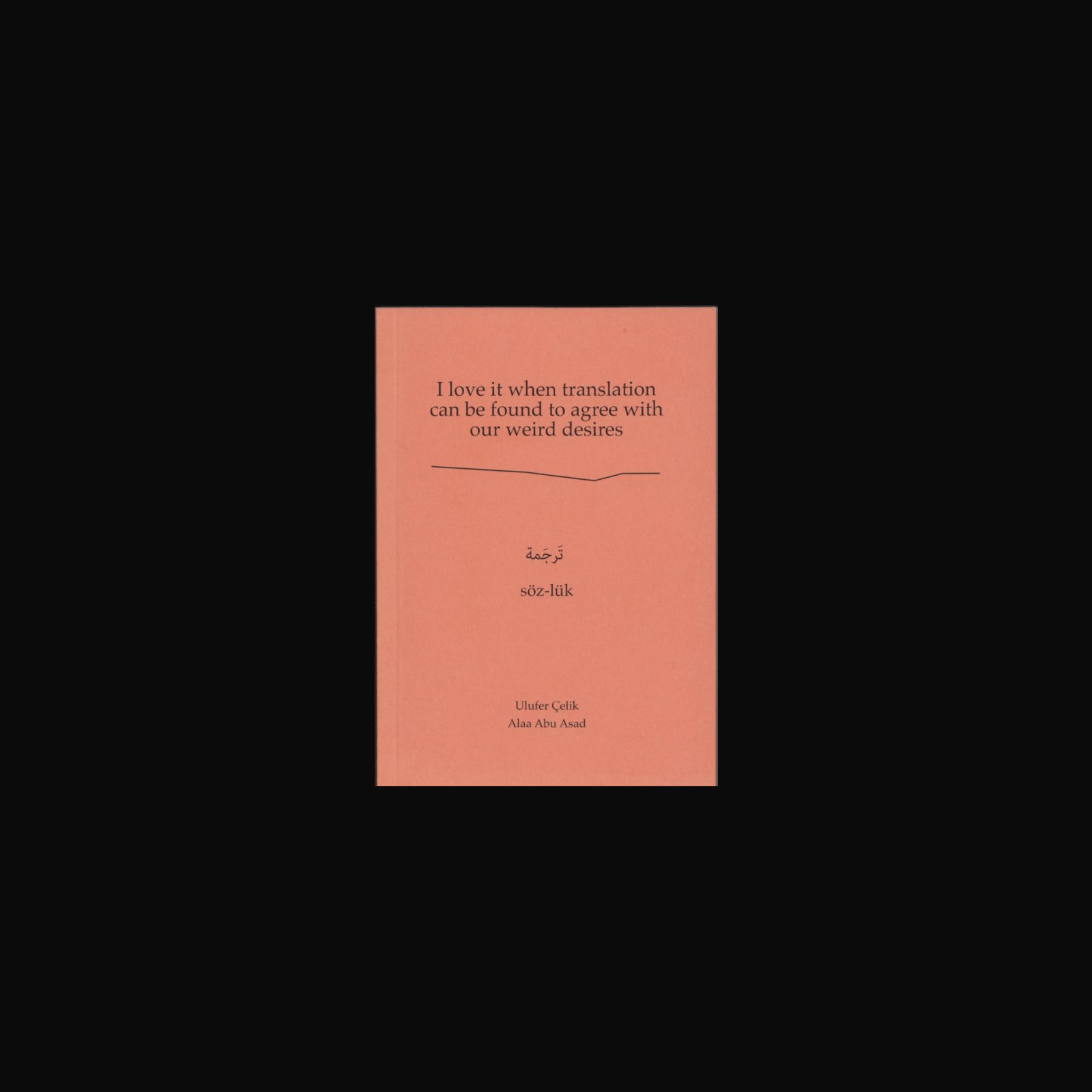
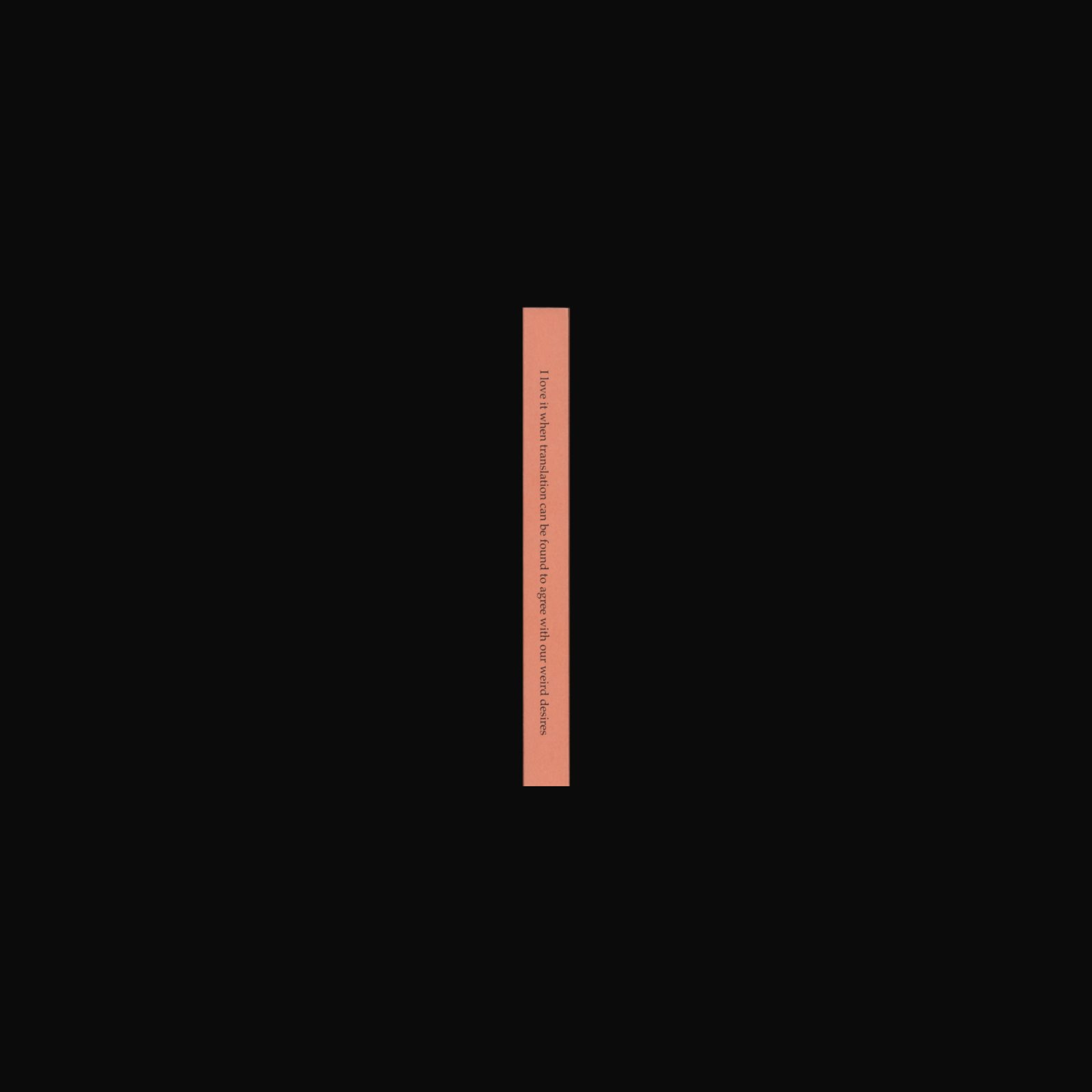
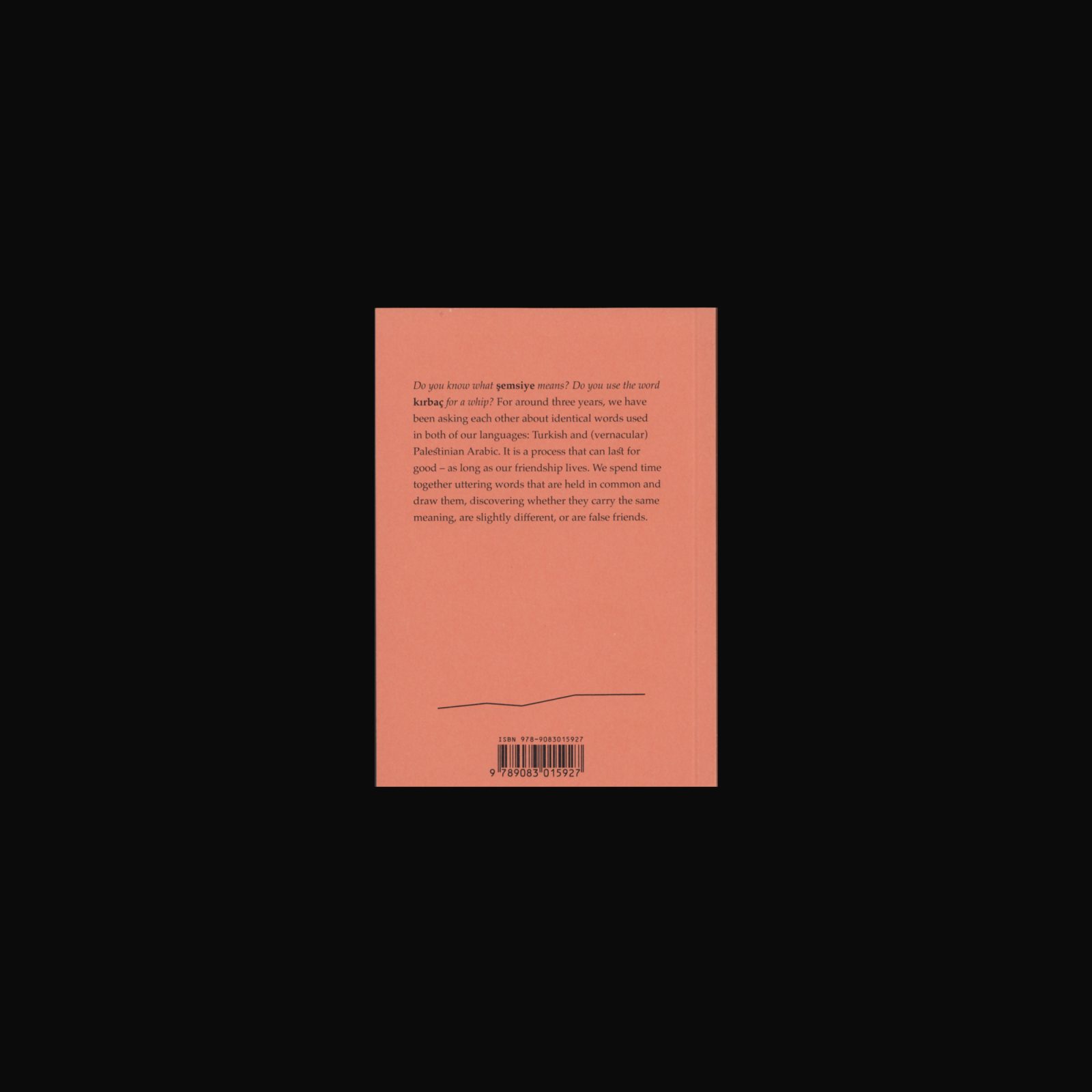
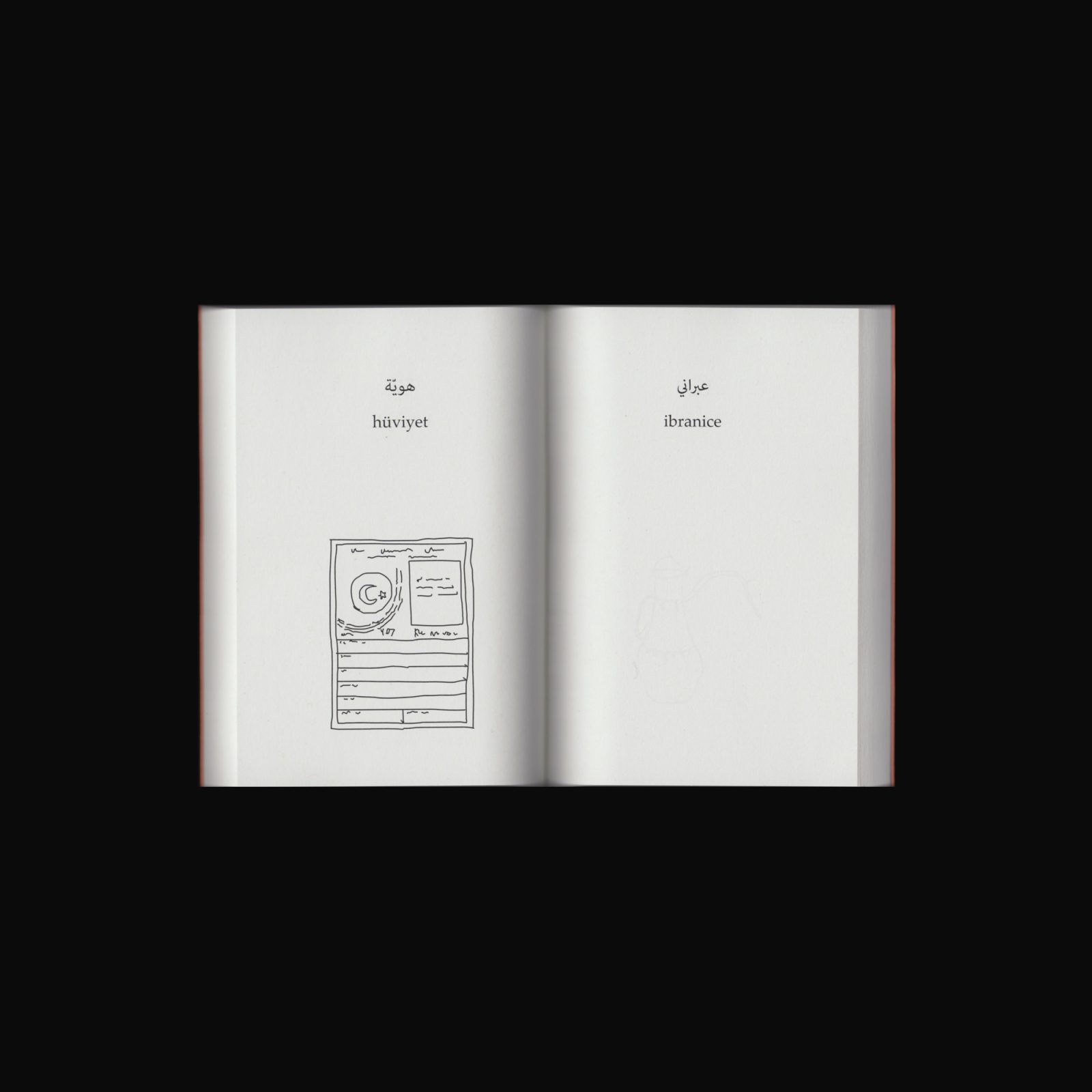
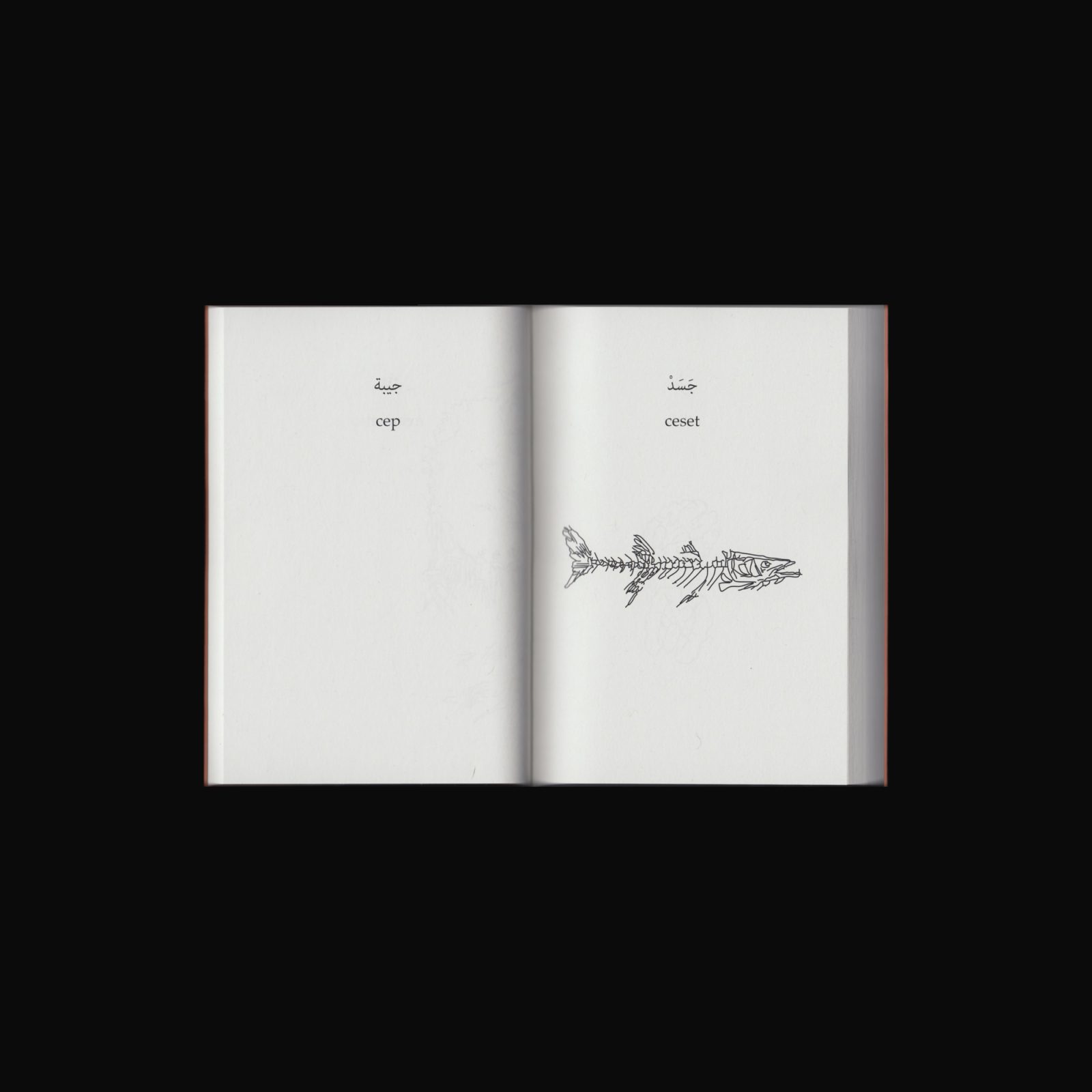
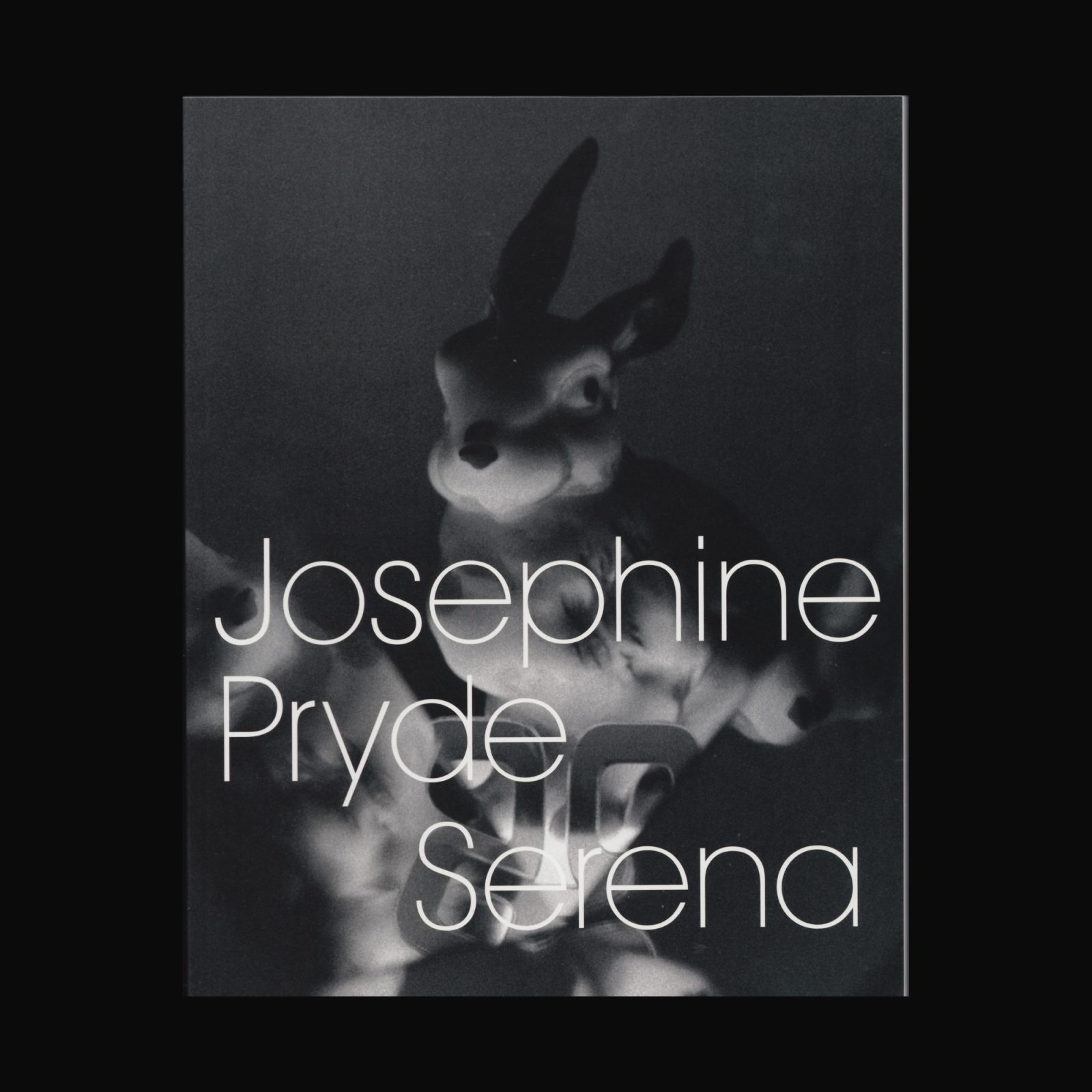
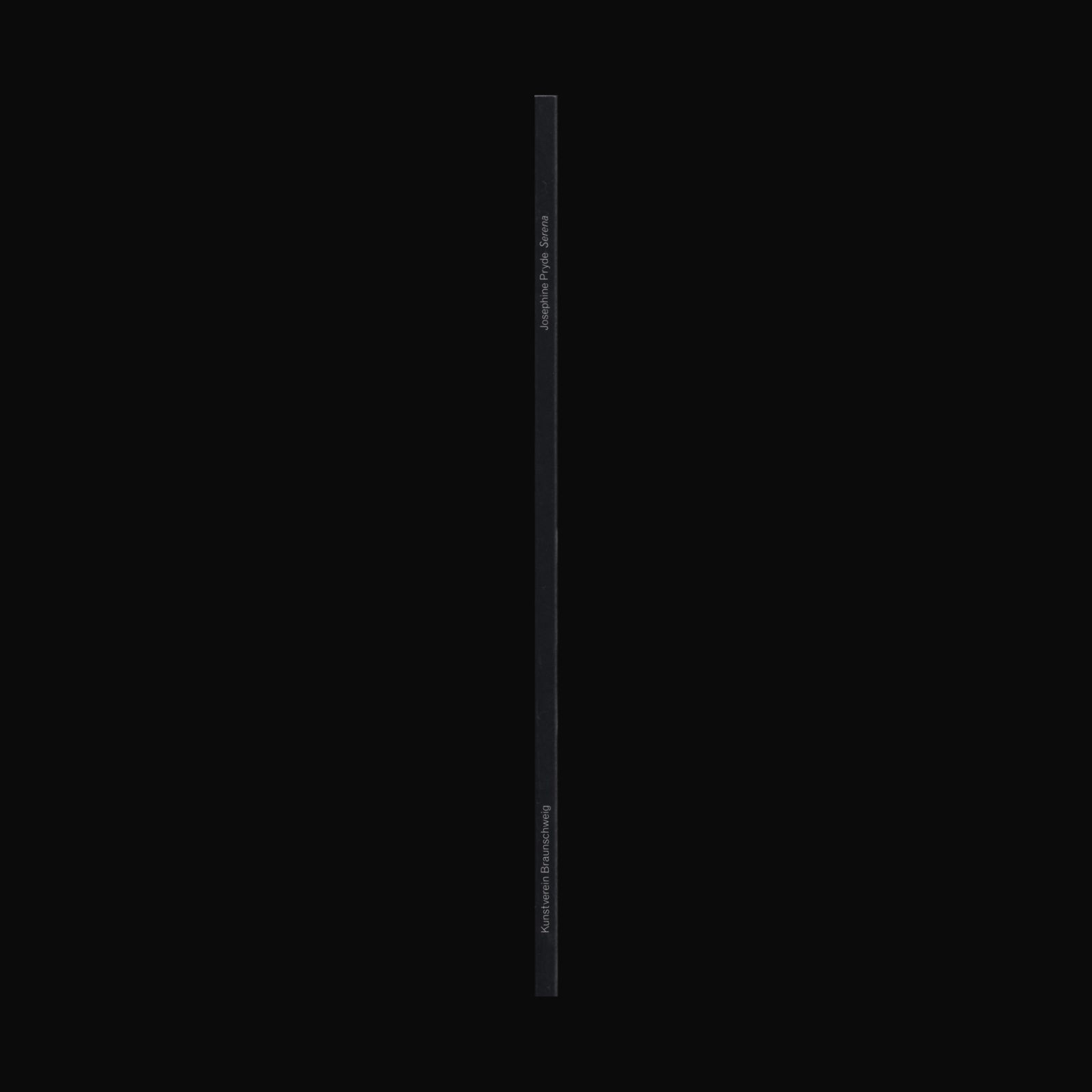
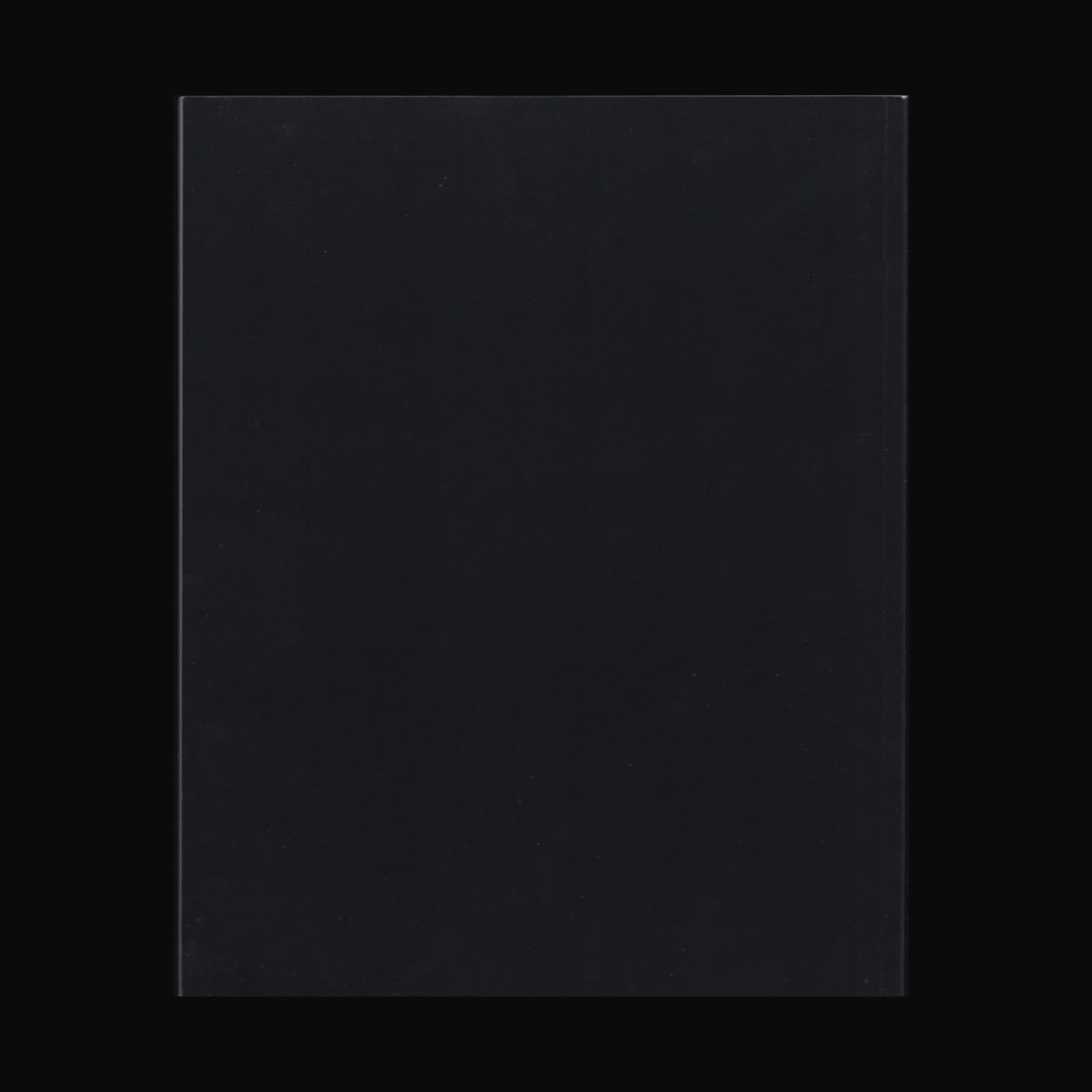
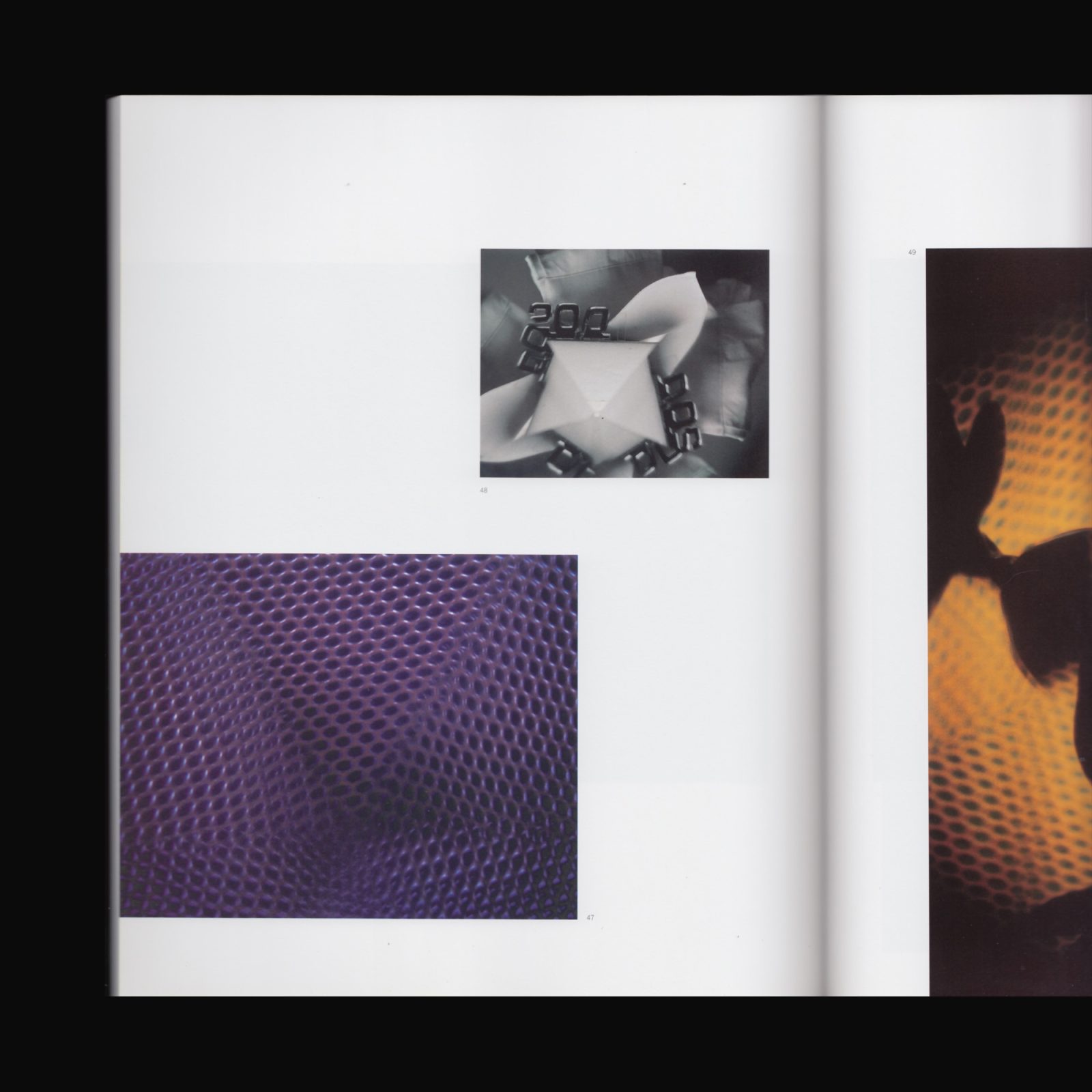
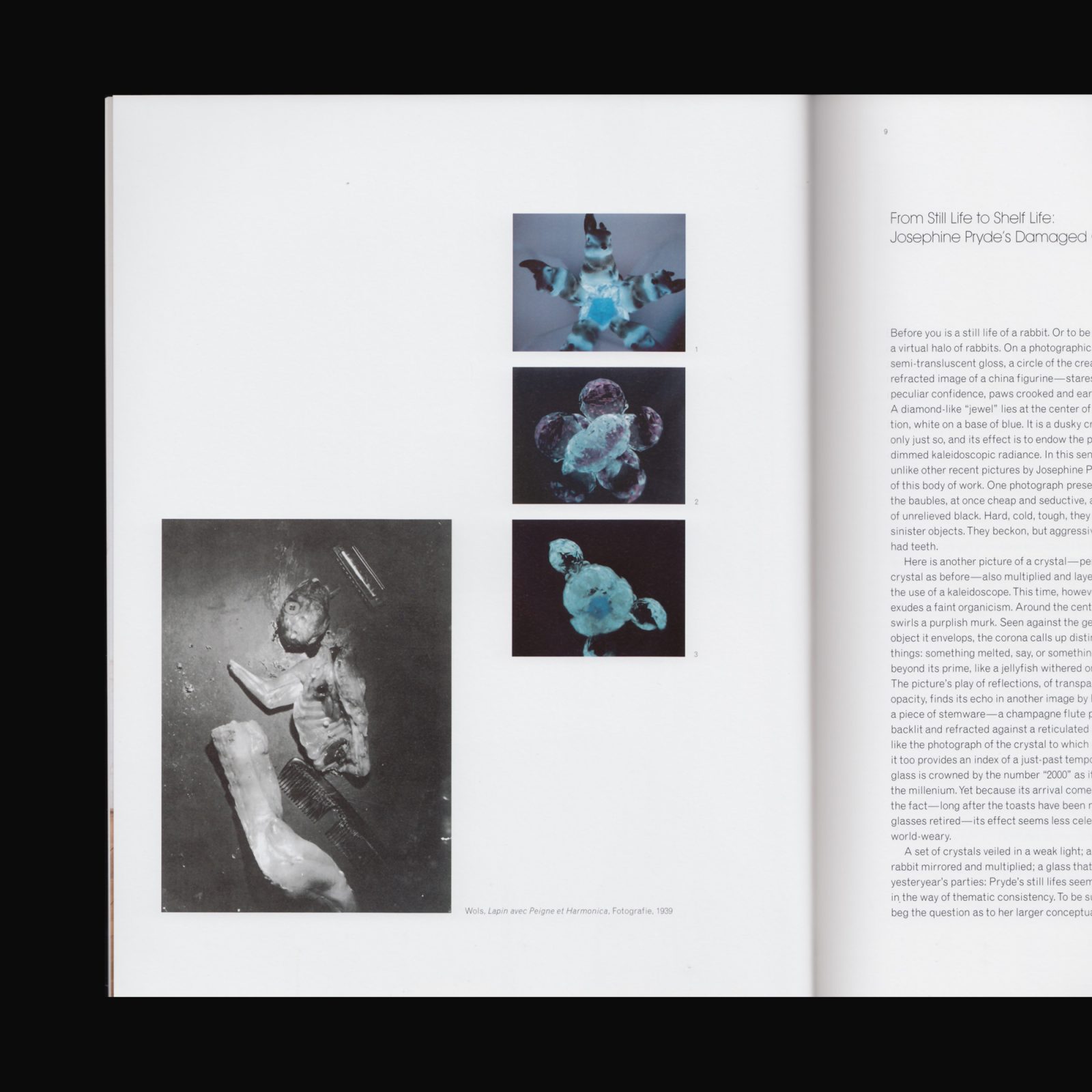
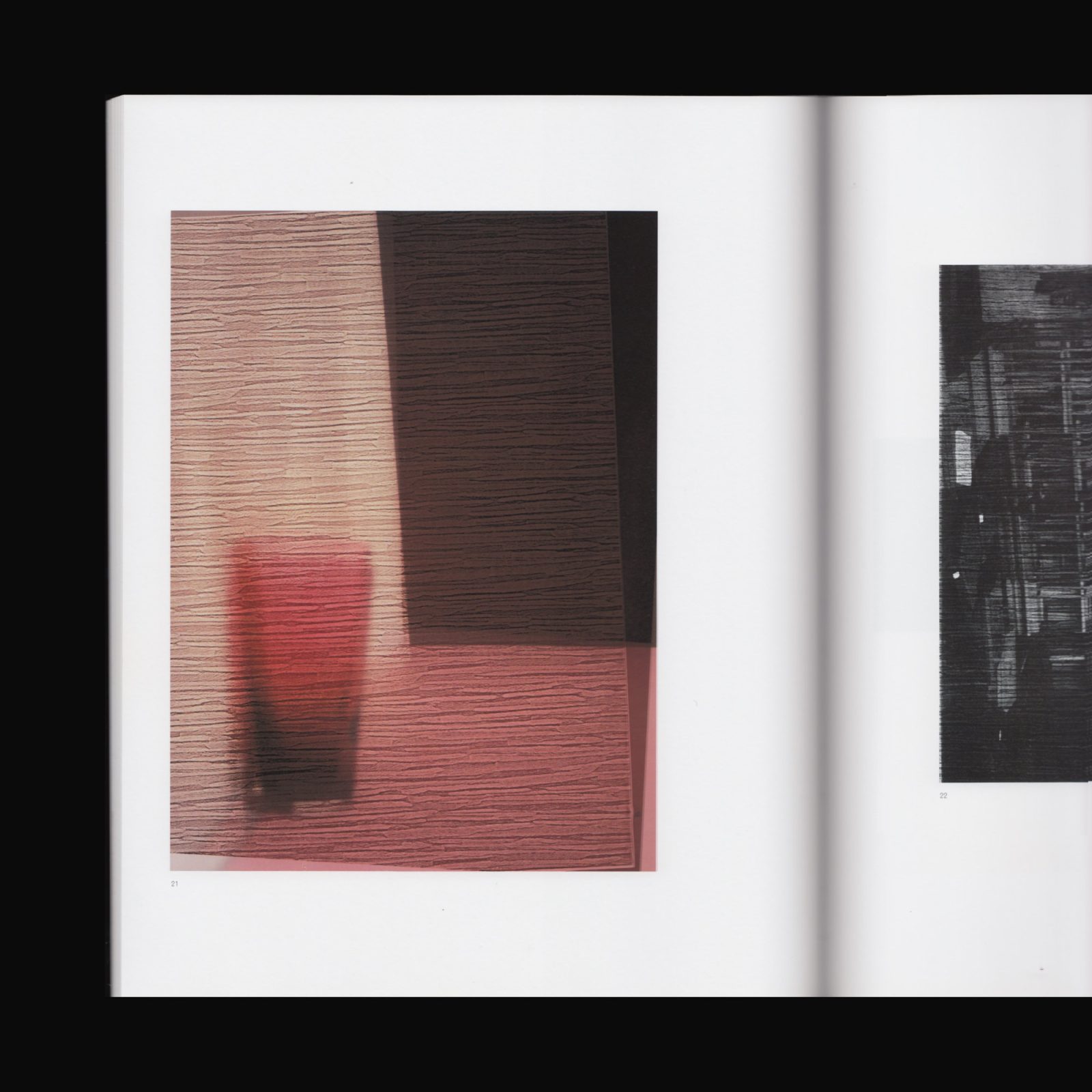
Produced on the occasion of Josephine Pryde’s exhibition Serena at Kunstverein Braunschweig, 28 April–10 June, 2001.
Pryde’s work attacks stock photographic aesthetic by technically reworking and reconfiguring images and by addressing the conditions of their display. The surfaces of glossy fashion photographs are disrupted by the insertion of aluminium tubes, which emphasise their ‘objectness’ and their status as artworks. Colourful photoshop juxtapositions of MRI scans of the human foetus and macro-lens desertscapes are unnervingly loaded. They refer to the history of darkroom experimentation and to contemporary medical-imaging techniques. Pryde doesn’t reject the language of photographic imagery, rather she adopts it and layers it up. Her guinea pig portraits are inspired by ‘cute pet photography’ but her choice of subject conjures associations with laboratory research.
Texts by Pamela M. Lee, Pauline van Mourik Broekman and Josef Strau.
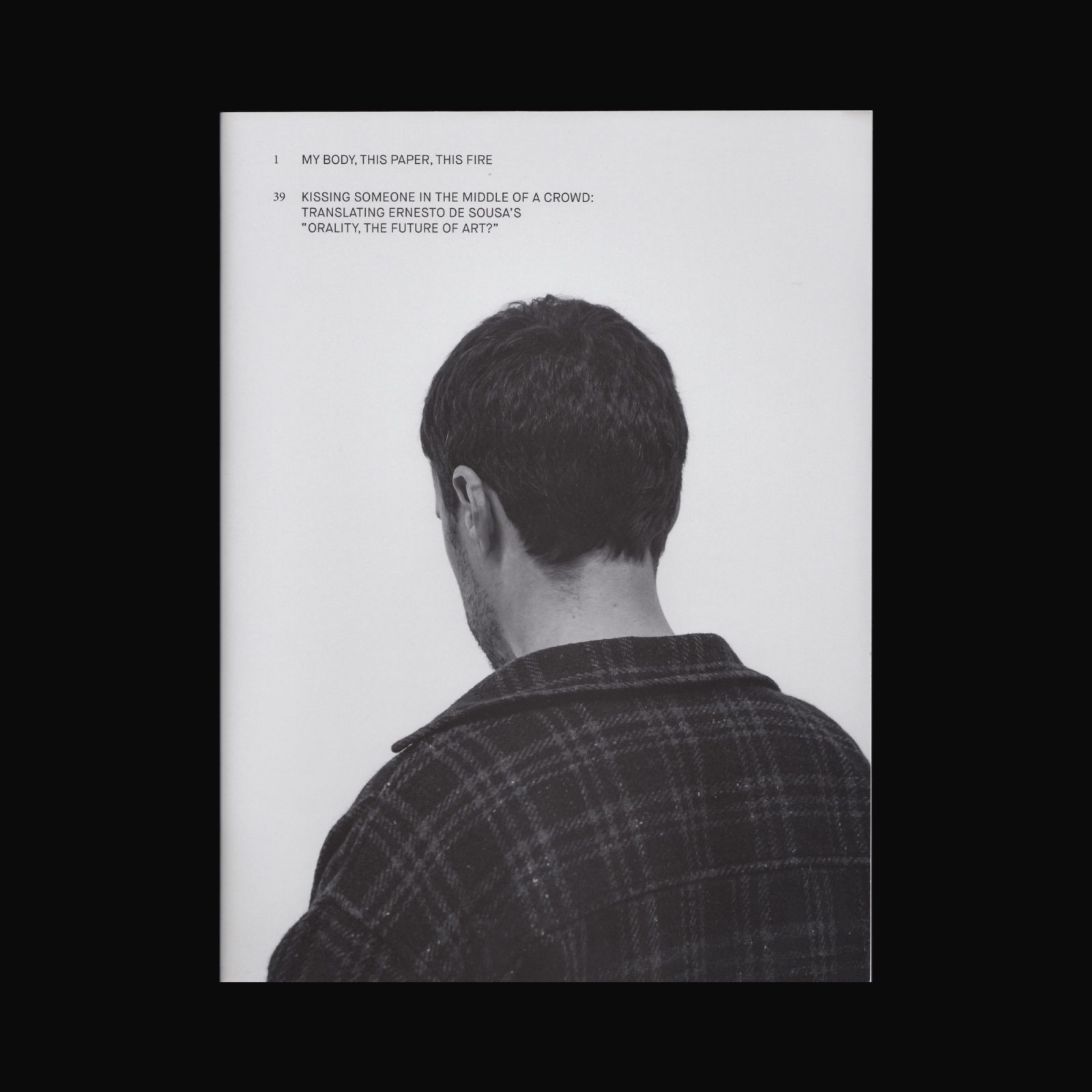
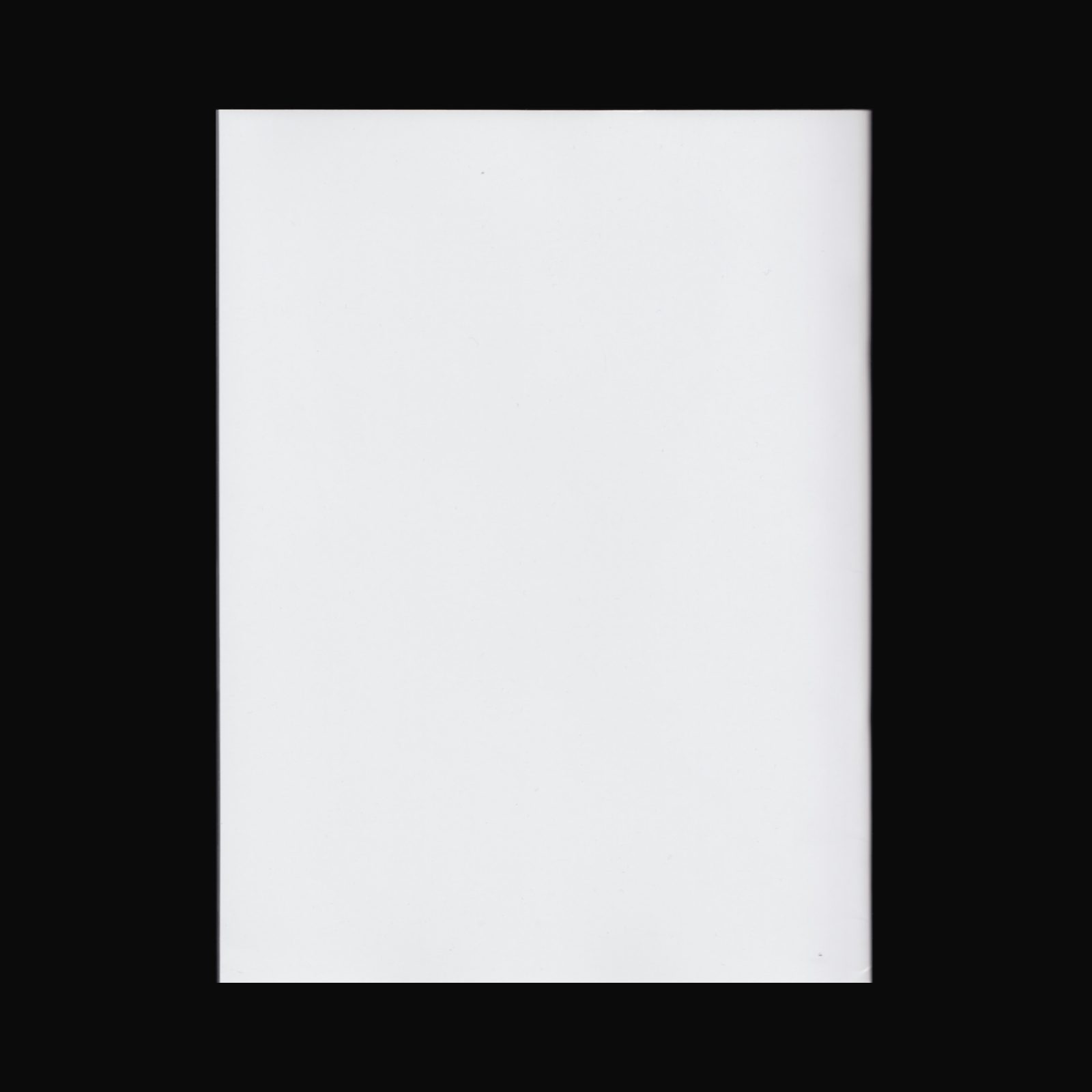
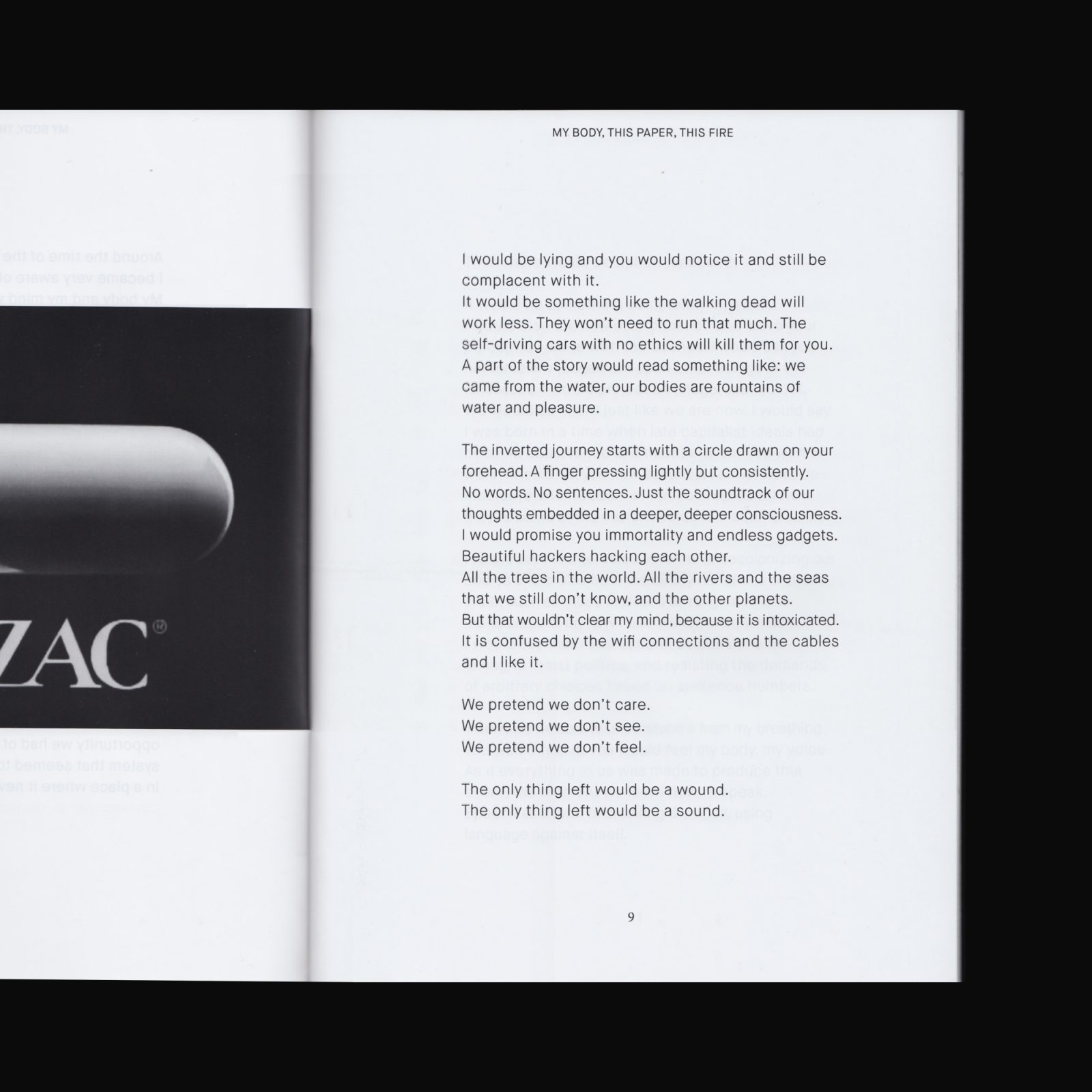
My body, this paper, this fire is an artist book featuring this text and the essay Kissing Someone in the Middle of a Crowd: Translating Ernest de Sousa’s “Orality the Future of Art?” (2018). The book features a variety of images by the artist including drawings and other materials gathered around the texts.
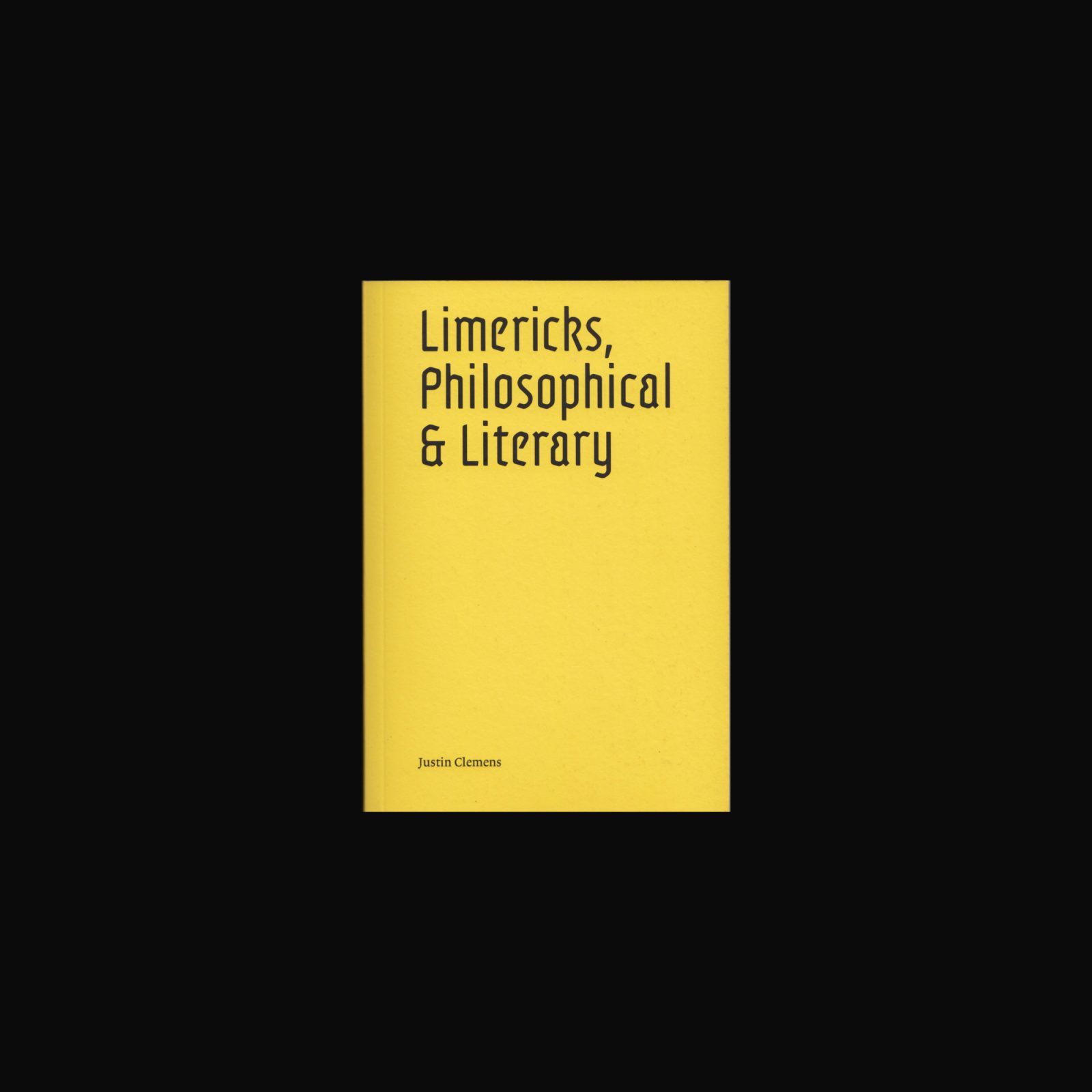
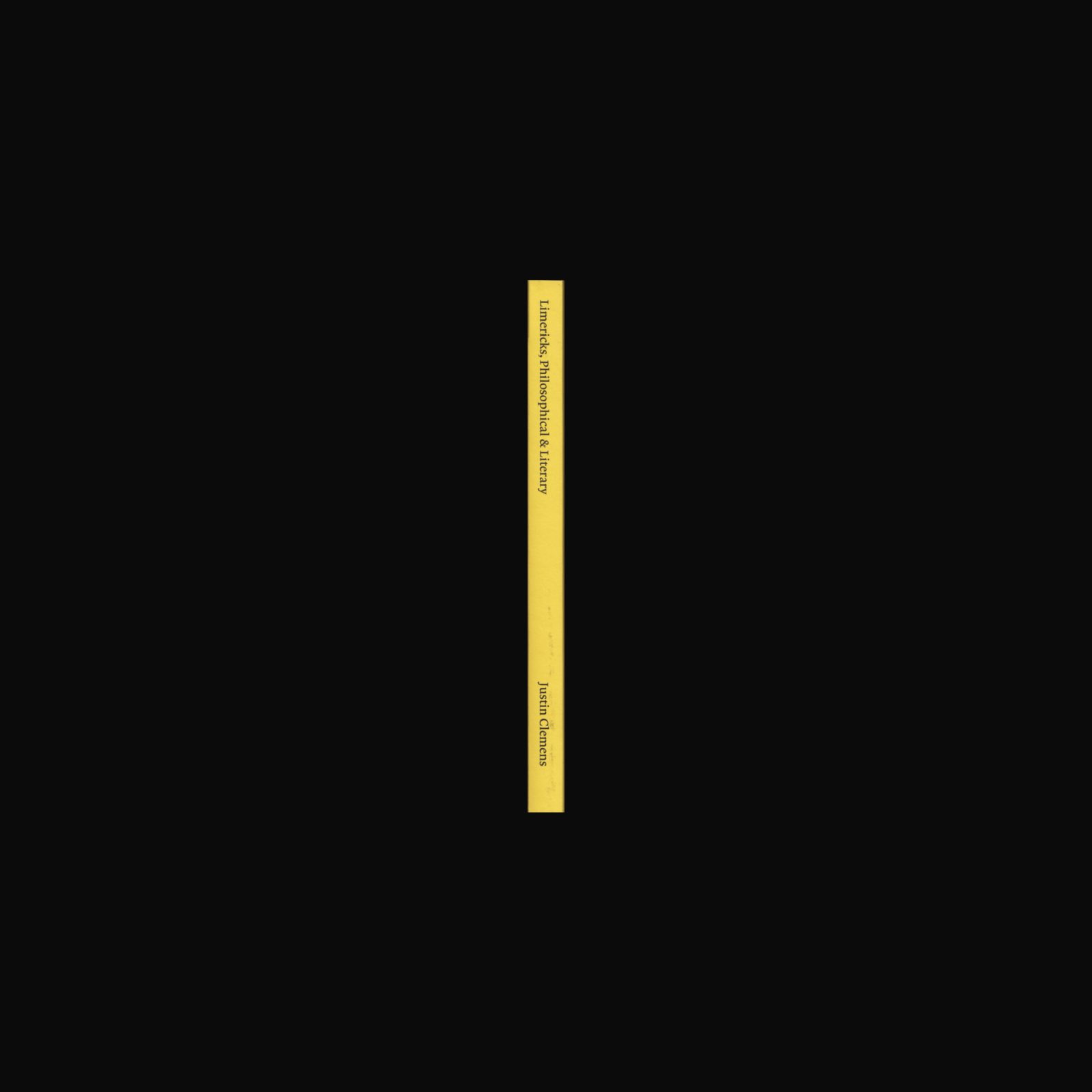
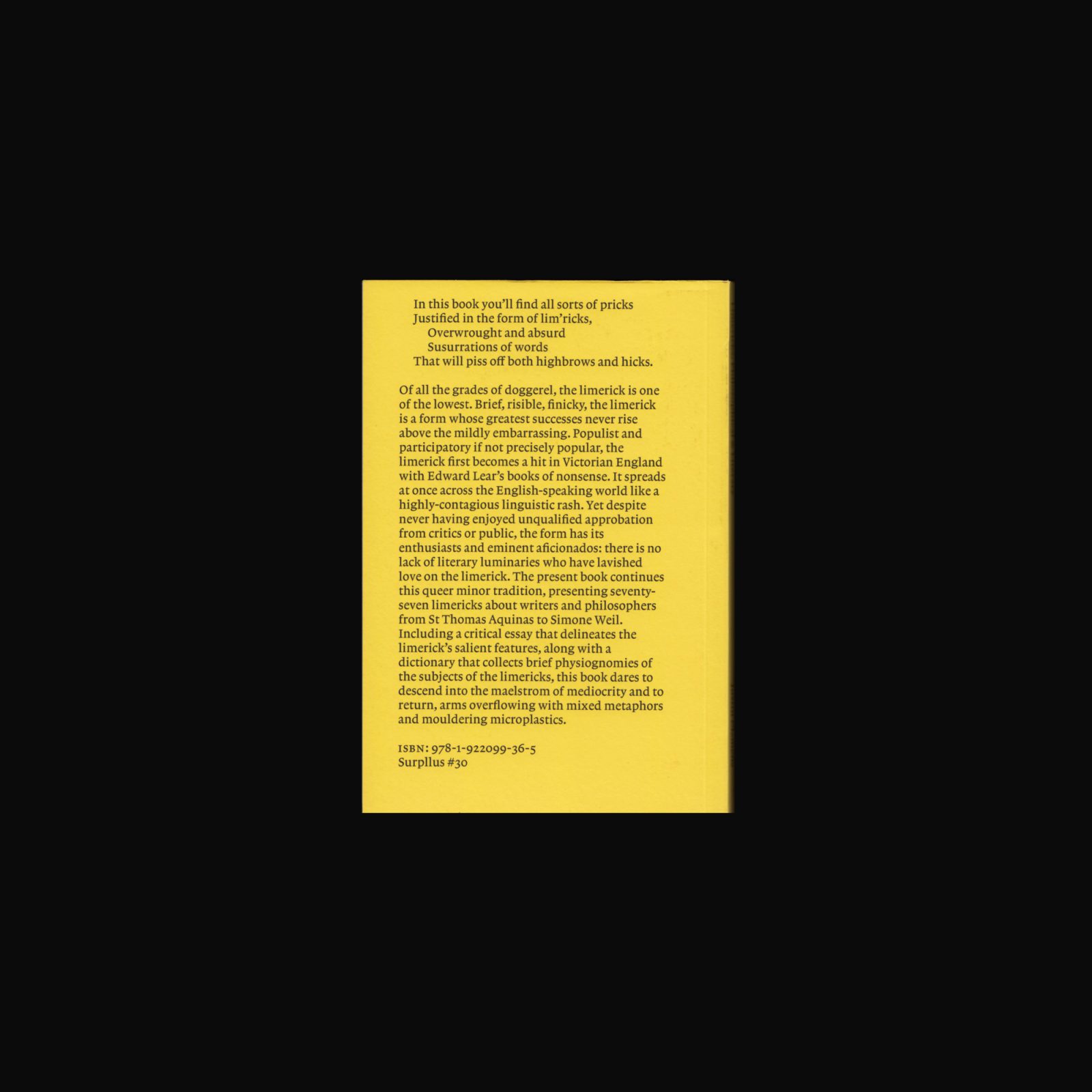
Brief, risible, finicky, the limerick is a form whose greatest successes never rise above the mildly embarrassing. Yet despite never having enjoyed unqualified approbation from critics or public, the form has its enthusiasts and eminent aficionados: there is no lack of literary luminaries who have lavished love on the limerick. This title continues this queer minor tradition, presenting seventy-seven limericks about writers and philosophers from St Thomas Aquinas to Simone Weil. Of all the grades of doggerel, the limerick is one of the lowest. Populist and participatory if not precisely popular, the limerick first becomes a hit in Victorian England with Edward Lear’s books of nonsense. It spreads at once across the English-speaking world like a highly contagious linguistic rash. Including a critical essay that delineates the limerick’s salient features, along with a dictionary that collects brief physiognomies of the subjects of the limericks, this book dares to descend into the maelstrom of mediocrity and to return, arms overflowing with mixed metaphors and mouldering microplastics.
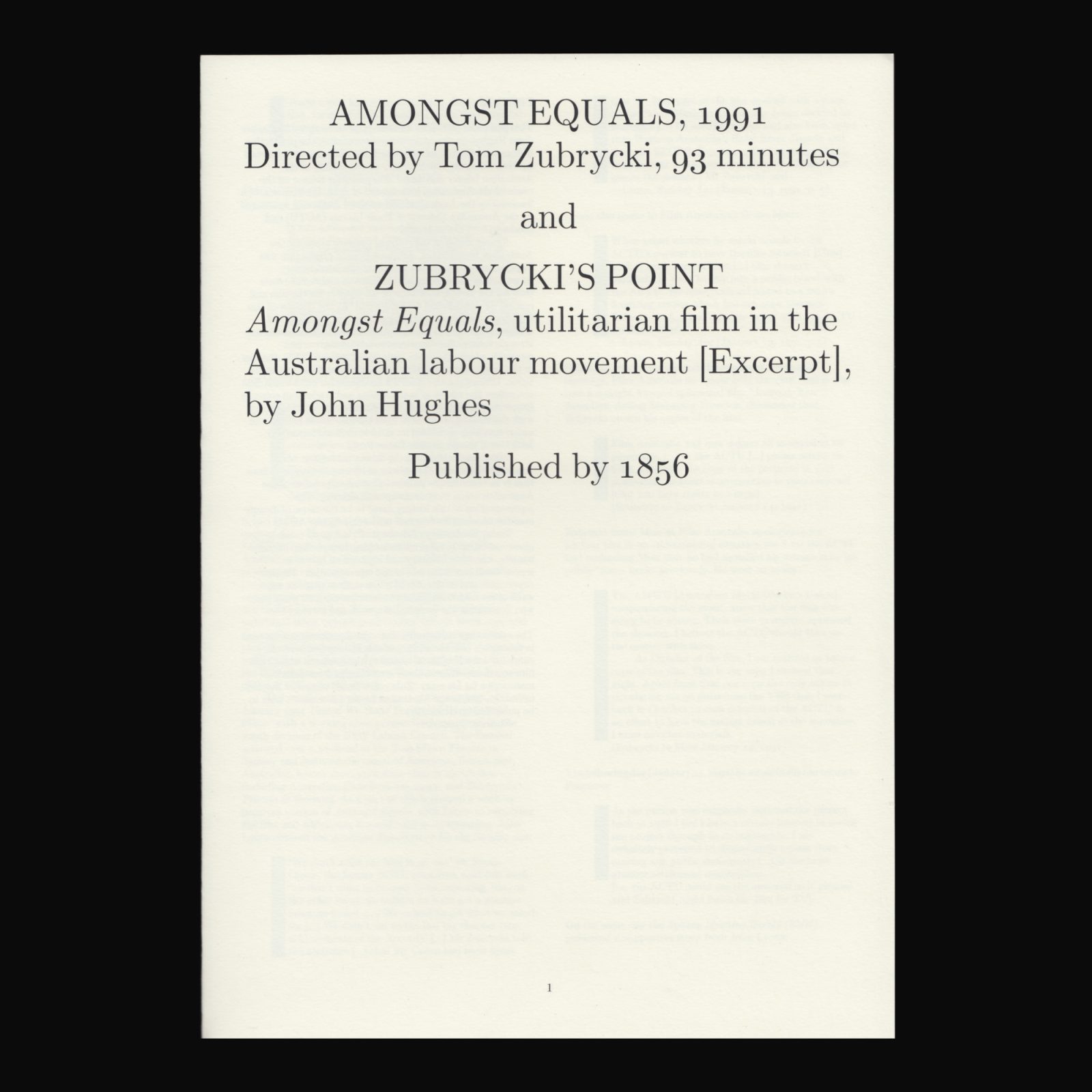
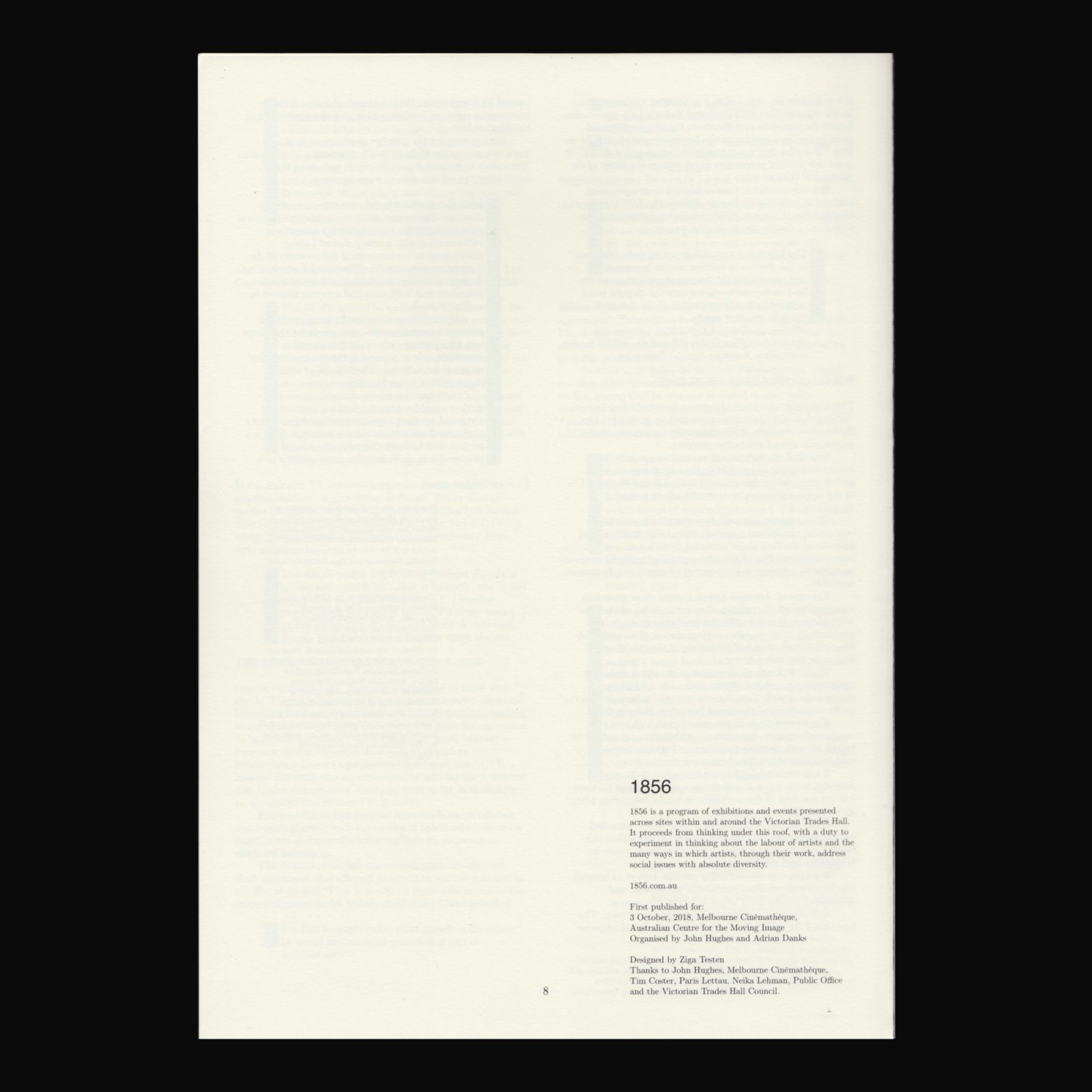
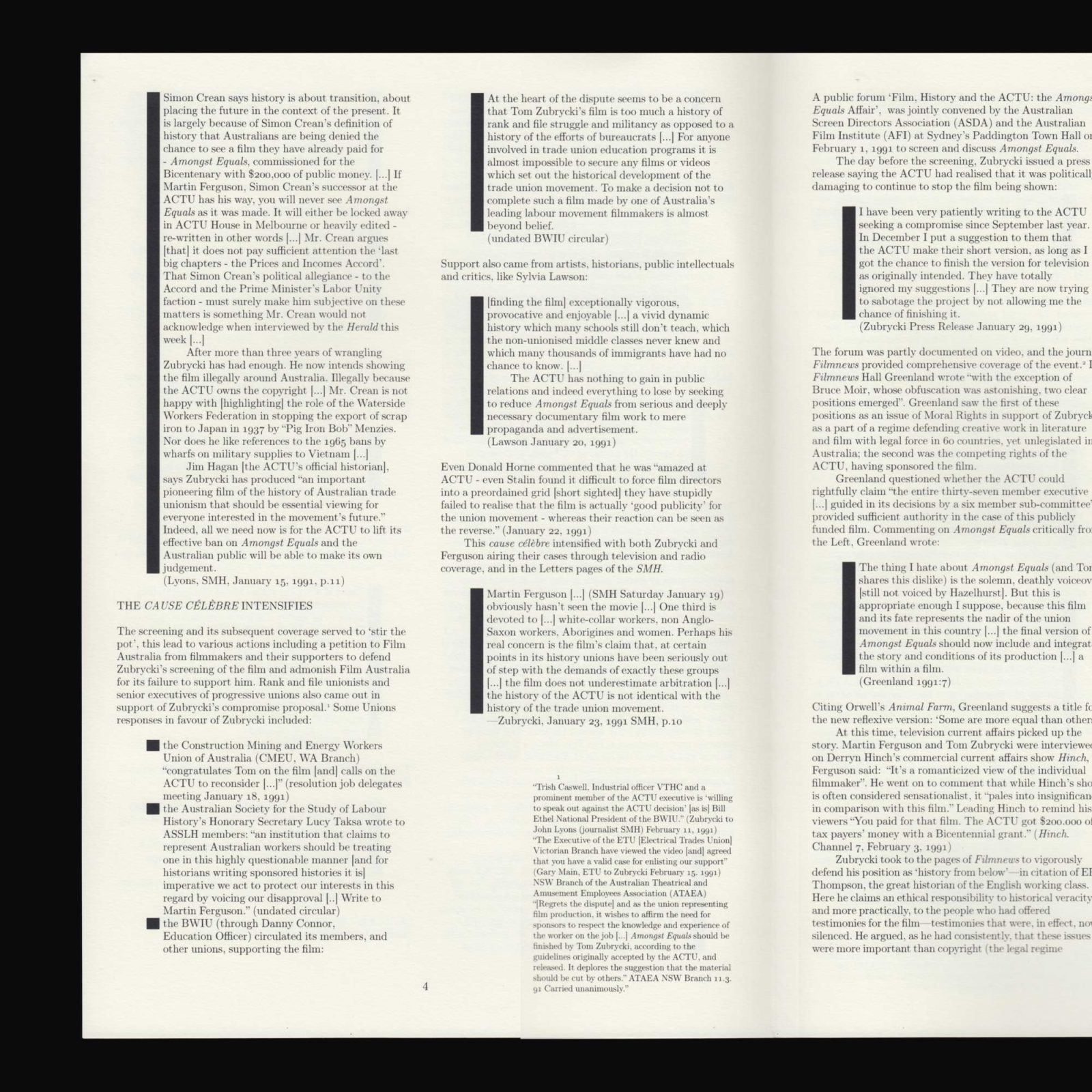
Produced the occasion of the screening of Tom Zubrycki’s unfinished documentary film on the history of the Australian labour movement, from the 1850’s up until the bicentenary of 1988. Originally sponsored by the Australian Council for Trade Unions, produced by Film Australia, and funded by the Australian Bicentennial Authority, the film was effectively censored when the ACTU rejected the film’s representation of union history.
With an excerpt from John Hughes’ manuscript for his essay Zubrycki’s Point: Amongst Equals, utilitarian film in the Australian labour movement, on the controversy surrounding the production of Amongst Equals.
Designed by Ziga Testen.
More information on the screenings can be found here.
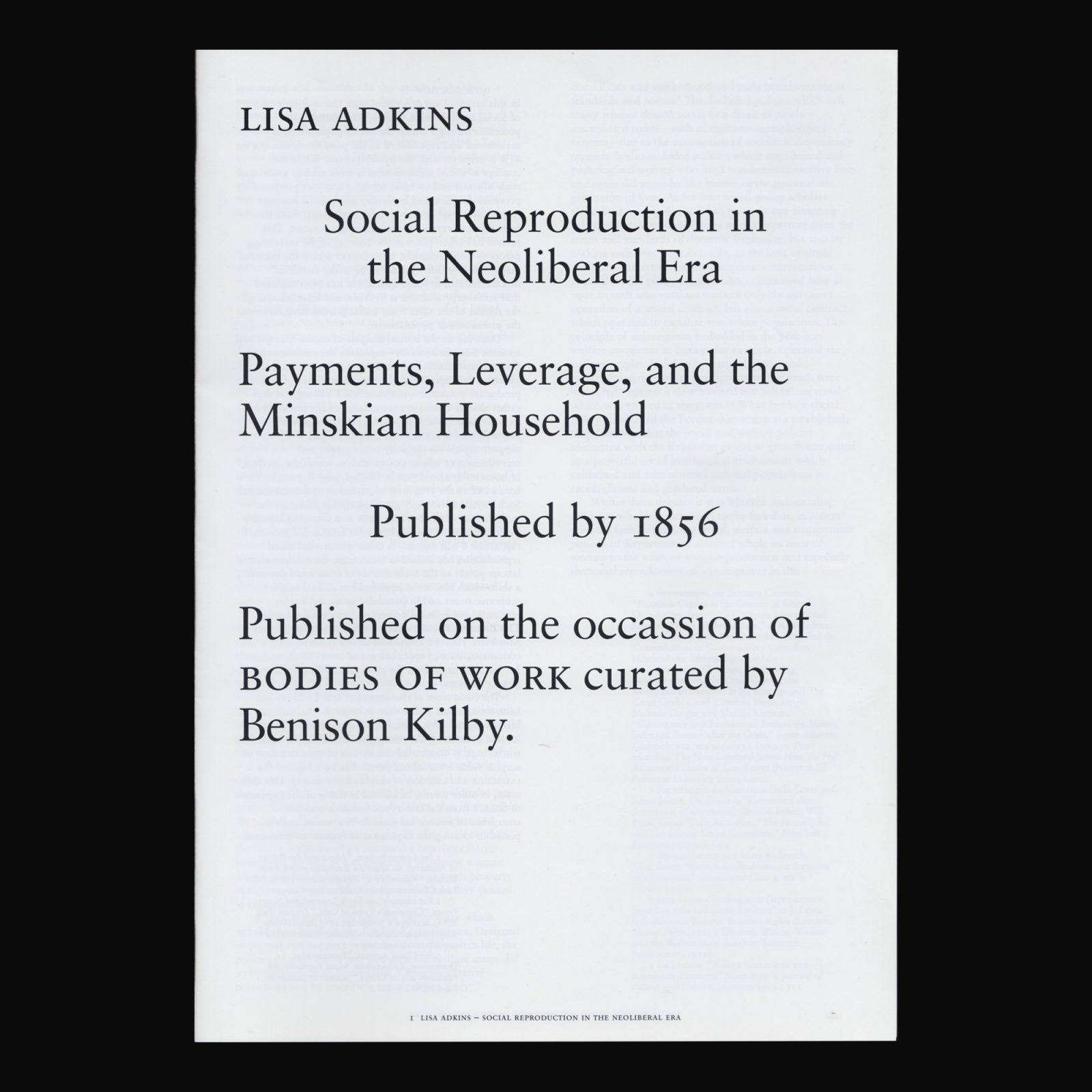
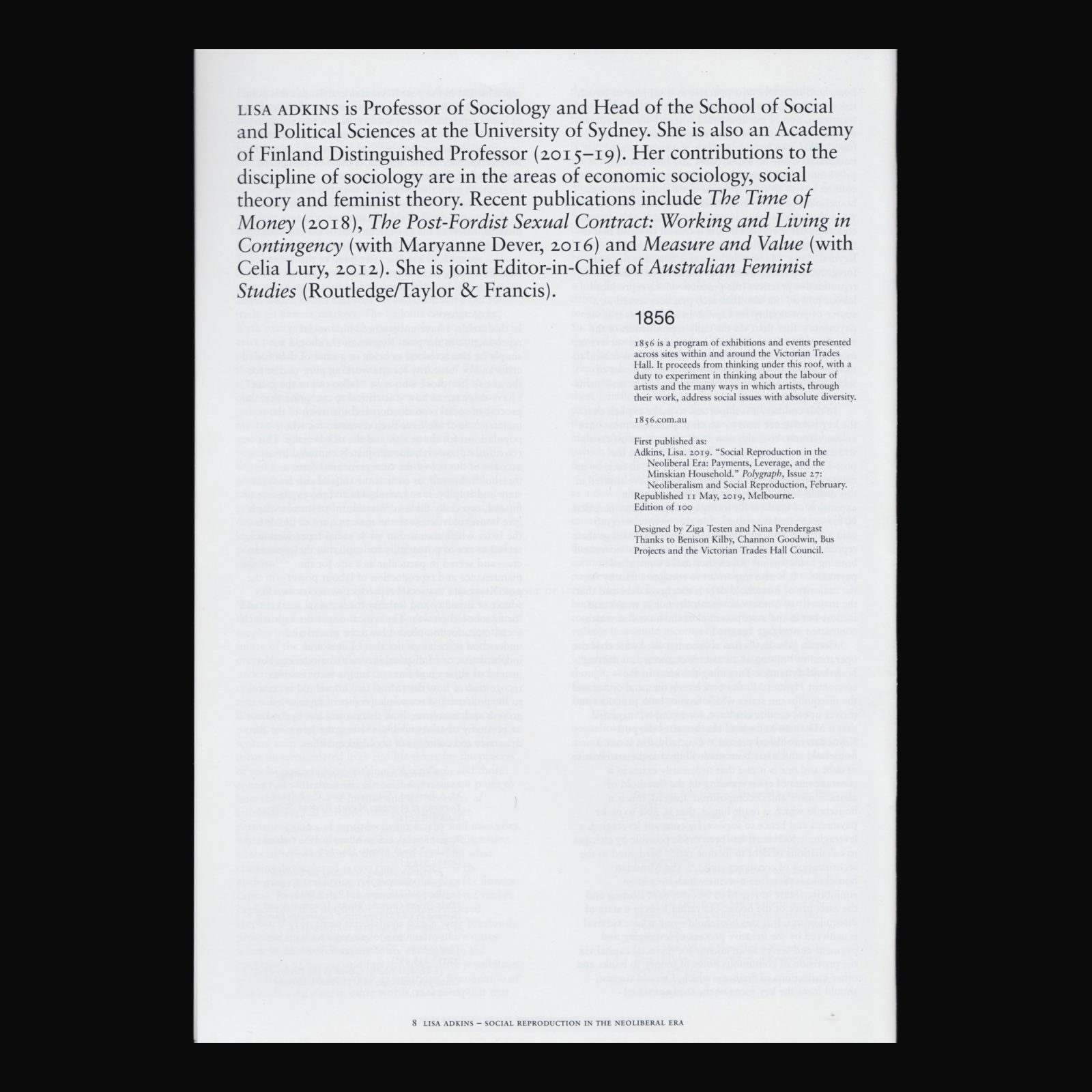
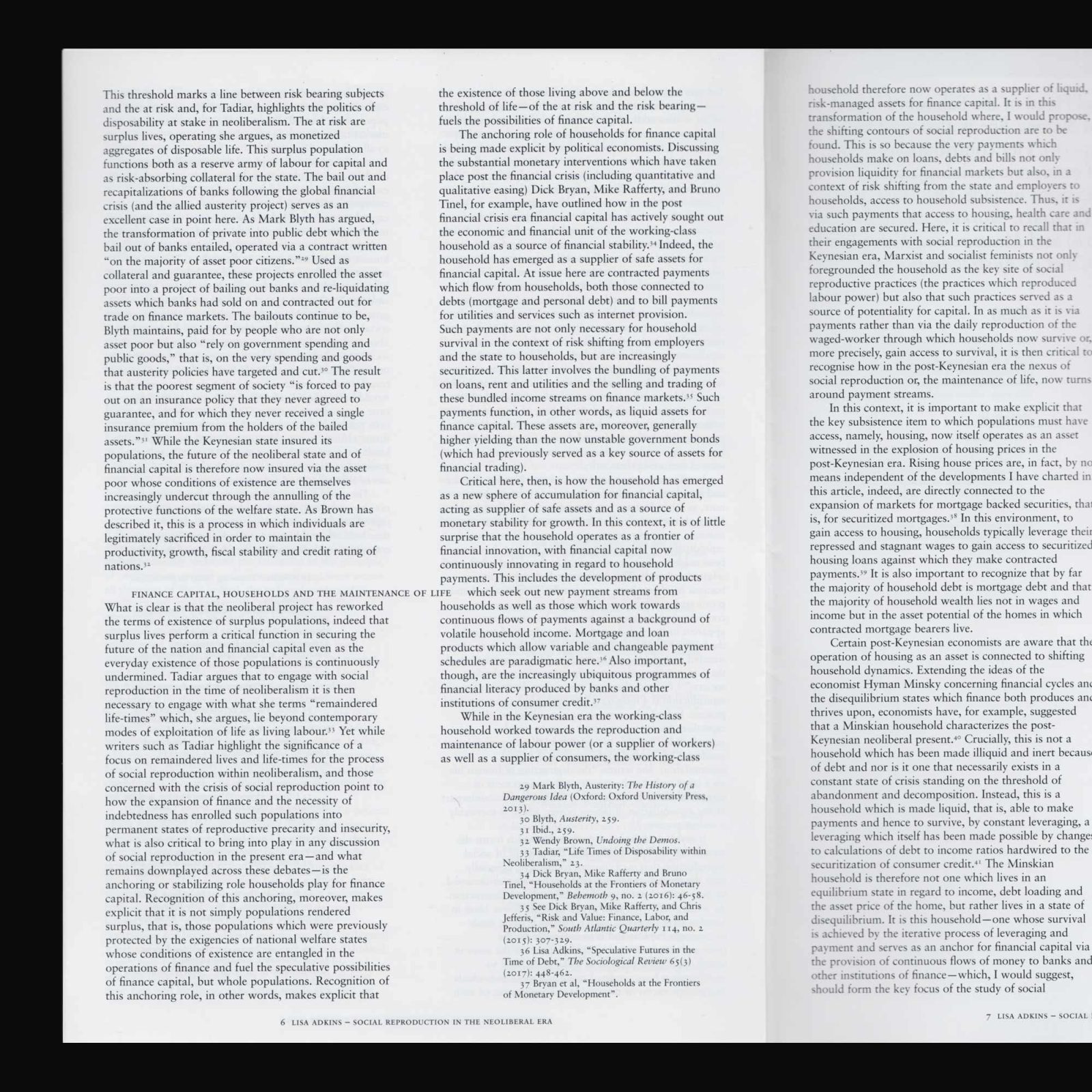
Produced on the occasion of Lisa Adkins’ talk discussing how we might rethink the maintenance and reproduction of the household today. She preposes that we think of this as a relationship between the household and its necessary, contracted payments to finance capital (for utilities and services, as loan repayments, rent, etc.)
The talk was co-presented with Benison Kilby, as a part of her exhibition “Bodies of Work”. The exhibition looked at how a group of artists respond to the intersections of reproductive, care, and feminised labour that maintain, and increasingly define, our current living conditions.
Designed by Ziga Testen.
More information on the talk can be found here and a recording of the talk can be found here.